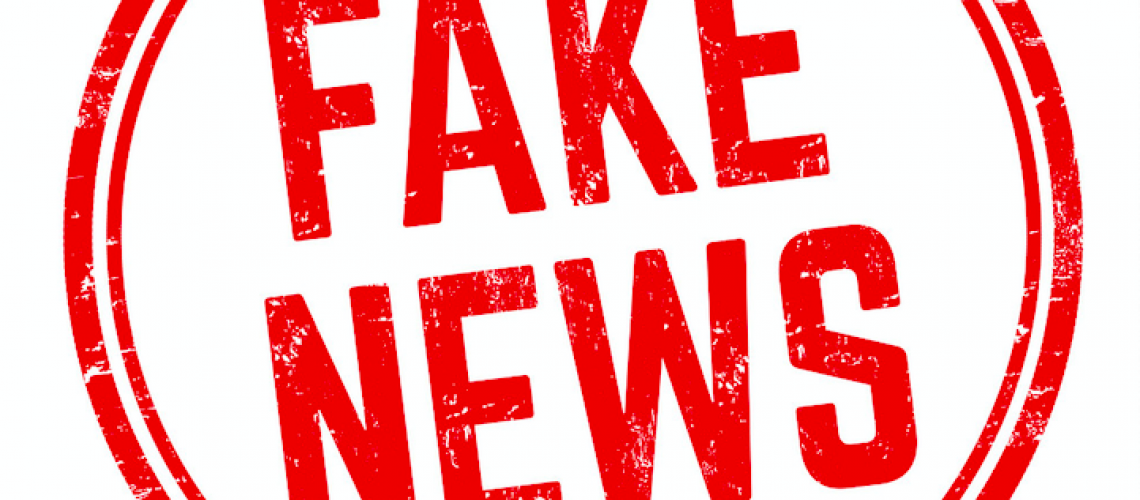Fake News :-
Fake News means news, story, information, data and reports which is/are entirely or partly false or News stories that have no factual basis but are presented as facts.
Fake news are (a) Information that cannot be verified, without sources, and possibly untrue. (b) It is often sensitive in nature, created and widely shared to serve self-interests. (c) (No) Self-Censorship, State Censorship, Editorial Policy.
What is not considered as Fake news (a) Honest reporting mistakes (b) Journalism you don’t like (c) A news story that challenges your beliefs or values (d) News rejected by those in power does not make that story a fake news story
Reasons behind the generation of fake news are (a) Poor Journalism (b) Parody (c) To prove or to punk (d) Passion (e) Partnership (f) Profit (g) Political Influence (h) Propaganda
Understand the Terms of Fake News:-
- What is Misinformation – Information that is false, but the person who is disseminating it “believes that it is true”.
- What is Disinformation – Information that is false, and the person who is disseminating it knows it is false. “It is a deliberate, intentional lie”.
Types of Fake News as per First Draft :-
- False Connection – When headlines, visuals or captions don’t support the content.
- False Context – When genuine content is shared with false contextual information.
- Manipulated Content – When genuine information or imagery is manipulated to deceive.
- Satire or Parody – No Intention to cause harm but has potential to fool.
- Imposter Content – When genuine sources are impersonated.
- Fabricated Content – Content that is 100% False designed to deceive and do harm.
- Propaganda – When content is used to manage attitudes, values and knowledge.
- Sponsored Content – Advertising or PR disguised as editorial content.
How to Filter the Fake News on Social Media & Internet:-
- Source – Consider the source from reputed new channel or newspaper only, do not rely on forwarded messages. on social media.
- Website URL – Check if its legitimate i.e. (gov.in for government, .edu for education etc.)
- Author – Take a minute to check who’s the Author and his credibility in the past. Fake ones do not have their names and signature.
- Headline – Red beyond headline, meaning read the entire article to understand the viewpoint and tone of the message or article.
- Disregard your bias – Many people watch news or stories that confirm their own beliefs or biases and fake news can prey on these biases.
- Get a Second Opinion – If a story makes you angry, dig deeper, consult a known contact or consult fact checking agencies like https://www.factly.com
Dealing with Fake Information :-
- Do a Google Reverse Image check or use www.tineye.com for photo verification
- Install Invid Tool Kit Extension for your browser for doing a fact check for a photo or video https://www.invid-project.eu/tools-and-services/invid-verification-plugin/
- Fact Check with any one of the International Fact-Checking Network Organisations before forwarding i.e. https://www.factly.in
P.A.R.I. is what https://www.factly.in suggests: –
- Pause – Anything that is too “Good To Be True” will be 99% False
- Ask – Ask Google/Ask for Source/Ask a Fact Checker
- Read/Review – Read the Fact-Checks or relevant information, and confirm
- Inform – Inform people and Share Facts only
How to Spot Deep Fakes : –
Look for unnatural movements or expressions: Deepfakes often struggle to perfectly replicate the subtle movements and expressions of real people, so look for unnatural or exaggerated movements in the video.
- Check the audio: Deepfakes may not perfectly match the audio with the video, so listen for any inconsistencies or errors in the audio.
- Check the lighting and shadows: Deepfakes may not accurately replicate the lighting and shadows in a scene, so look for inconsistencies or errors in these elements.
- Check the background: In a deepfake video, the background may be out of focus, or not match the movement of the subject.
- Check the metadata: Some deepfake videos may have metadata that indicates that the video is a deepfake or has been manipulated.
- Pay attention to blinking, check if the person blinking enough or too much.
- Ask the person to way the hand while talking in the video
- Ask the person to move the position of the face to left or right while talking.
Fact Checking Deep Fakes: –
- Check the source – Look for information about the video’s origin and try to verify that the source is reputable and credible. Alternatively look for other sources that report on the same video or story, and compare the information to see if it matches up.
- Look for inconsistencies – Check for any inconsistencies or errors in the video, such as unnatural movements or expressions, mismatched audio, or inconsistencies in the lighting or shadows.
- Use specialised tools – There are tools available that can analyse videos and detect signs of manipulation, such as the “Deep fake Detection Model” which is a specialised software that can detect deep fakes.
- Check the context – Consider the context of the video and the circumstances under which it was created. Is it plausible that the events in the video could have occurred?
- Verify with the person – If the video features a specific person, try to reach out to that person and verify the authenticity of the video.



